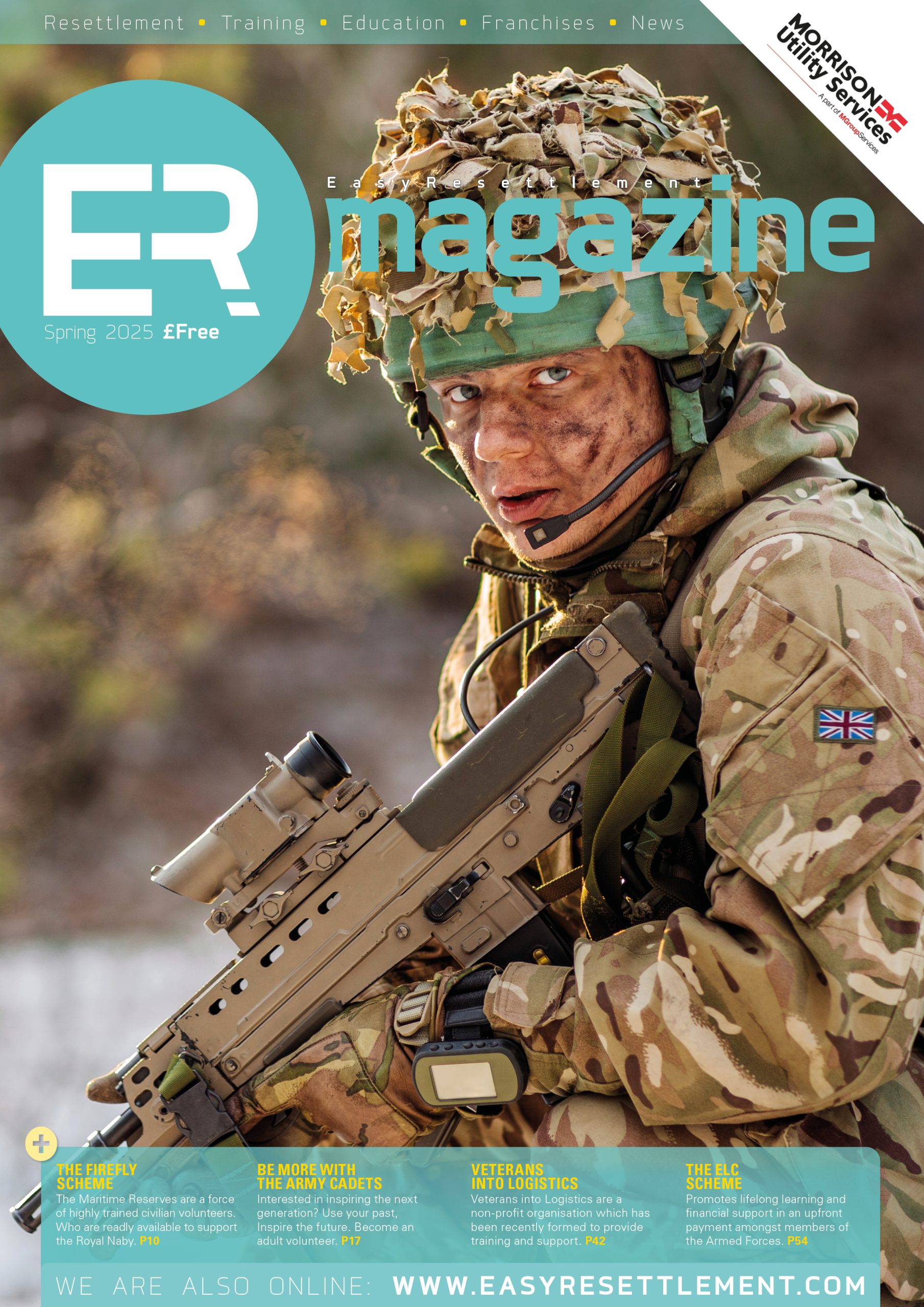Engineering Heroes, the women running the world
As we look forward to celebrating International Women In Engineering Day on 23rd June, we’re featuring some of the engineering teams whose work has kept the world running over the last year. We’ll also be examining why there aren’t more women in engineering, what can be done about it and why engineering is such an amazing career choice.
What’s International Women In Engineering Day for?
INWED is all about raising awareness of all the many, many opportunities offered to women in engineering. We share inspiring stories that both encourage more women into engineering and also encourage women already in the industry to explore what that might mean for them in their role, whether that’s new approaches they can bring to the table or new career paths they might take.
The theme for 2021 is Engineering Heroes. It is important because so much of an engineer’s work can be essential to the normal functioning of our lives, but they are rarely seen or acknowledged. Engineers have done amazing things both throughout history and in the present day, there are so many examples both directly related to combatting the pandemic and simply to keeping us all connected and functional throughout.
Meet some real life engineering heroes
There are so many great stories from the last year of engineers doing work worthy of celebration. Here are just a few examples of teams led by or featuring women engineers and what they’ve achieved during the pandemic.
Bringing science to society
2020 demonstrated that there is a hero in all of us. Covid-19 caused us to care for and protect our communities to a greater extent than ever before. Dornan’s UCLE Marshgate project team embodied the ‘engineering and community hero’, alongside project partners Mace by helping vulnerable children, who needed ongoing support throughout the pandemic.
Scientists at Cranfield University, in collaboration with University of Liverpool and Lancaster University, invited local residents across Bedfordshire to get involved in a citizen science research project by growing lettuce in their gardens. Residents who got involved were sent lettuce-growing kits containing seeds, a logbook, a trowel, plant labels, markers, and sample collection kits.
These scientists are exploring whether growing more of our own food, particularly in urban areas, could lead to healthier lifestyles, improved wellbeing, and better access to healthy and nutritious food, especially during crises such as the current pandemic.
Enabling business as usual in an abnormal world
Given the nature of GCHQ’s work, they traditionally worked in offices. When COVID appeared, none of the normal apps that employees use day to day could be accessed at home, even on corporate devices. Enter the Engineering Heroes, in the form of a freshly created set of development teams, led by Fran as Product Owner – with a task to break new ground and provide the new apps GCHQ needed, in a secure and accessible way, ASAP!
During this awesome effort, Fran and the teams involved needed to move at pace to change policy and help understand and drive security principles, designing and implementing solutions while adapting to changing business priorities. But within weeks the effort had provided apps that enabled key functions for thousands of our people, wherever they were working.
When the pandemic hit, Amazon engineering teams took care of their colleagues’ safety, redesigning fulfilment centre layouts, installing protective screens, creating one-way systems and temperature checks, and organizing enhanced levels of cleaning. Once their associates could work safely, Amazon engineers turned their attention to the equipment, now handling larger than expected volumes and making sure it was well-maintained and monitored so that any failure could be avoided through proper preventive maintenance.
Medical marvels and perfecting PPE
During the first months of the pandemic, a small group of Mercedes-AMG Petronas’ designers and engineers started work on a new design for a ventilation shield. Named the Zephyr, the purpose of the system was to enable surgeons, anaesthetists and nurses to care for patients and at the same time be protected from respiratory diseases carried in the air, liquids or blood. Due to the increased number of COVID patients being seen by the NHS, the team working on the Zephyr received numerous emails from doctors seeking to put the system into use in their hospitals.
With the help of a healthcare consultant and a number of doctors, the Zephyr team have now received fast track approval from the Medicines and Healthcare products Regulatory Agency (MHRA), such that the system may now be used on the wards. The team are now working at double the planned rate of production to manufacture the Zephyr systems and deliver them to hospitals.
Last year, the RAF Odiham Chinook Support Centre, a joint RAF and Boeing team, produced 3D-printed clips that made personal protective equipment (PPE) more comfortable for NHS workers. The Portal, Boeing’s state-of-the-art analysis, experimentation and engagement facility in Hampshire, was offered for mathematical modelling and data analysis to support the Government’s pandemic response.
When Covid first hit back in March 2020, some Spectris Group employees in Malvern Panalytical in the UK and HBK in Portugal started to use their 3D printers to manufacture face shields for key workers. Our enterprising engineers even used their own printers at home so that they could maximise the output. The face shields were distributed to healthcare workers in hospitals, care homes and local surgeries. Malvern Panalytical were later recognised by the UK Chamber of Commerce with a Business Hero 2020 award.
The team at V12 Footwear were able to supply footwear to a number of workers within the Nightingale projects, working at speed to fulfil and deliver over 200 pairs of boots in under 3 hours, supporting critical workers to stay safe whilst saving lives.
The Royal Academy of Engineering presented the President’s Special Awards for Pandemic Service for the University College London-Ventura CPAP breathing aids, which were developed by a team led by Professor Rebecca Shipley and Professor Tim Baker working with Mercedes-AMG High Performance Powertrains. The team manufactured 10,000 breathing aids for use in UK hospitals and shared the designs with organisations from 105 other countries at no cost. Clinical data from UCLH shows that half of patients treated with CPAP do not progress to invasive ventilation.
Does gender still matter in engineering?
A great engineer is a great engineer, male or female. What do women bring to engineering? The same things as their male counterparts. Analytical thinking, logic, problem solving, attention to detail and a boundless curiosity for figuring out how things work and how they can be improved. In that regard, gender doesn’t matter.
Where it does matter is that women have been fed messages about what they could be, should be or are good at, and these turn them away from pursuing engineering. This means that we’re losing out on a portion of those great engineers, because they never get the chance to realise their potential. Happily most companies have realised this and are taking steps to correct the idea that engineering is a gendered domain.
The percentage of female engineering graduates has gone from 9% in 2015 to 11% in 2017 and 12% in 2019, so progress is being made which is positive, but it’s slower than we at the Women’s Engineering Society would like. UCAS data shows an increase of 93.51% in female undergraduate applications through UCAS for engineering courses from 2011 to 2020, so we’re seeing an impact at that level, but this is still only approximately 24% of applications.
Despite the huge steps we’ve made over recent years towards achieving gender parity, as a society we’re still beset by gender norms. These are embedded at a very young age and direct many women away from engineering. Old fashioned stereotypes about engineers all wearing high vis and hard hats is a problem for engineering recruitment as a whole. The relative lack of role models is also a challenge. When a woman is looking at an engineering department at university, or a team she might apply to join after leaving university, and she sees very few people that she recognises as being like her, it can be hard for her to imagine that this is the best place for her.
Despite all this, the opportunities for women engineers have never been brighter. Nearly all organisations have realised that they’ve missed a trick by not trying to attract female talent and have made significant moves to correct this. Organisations like WES are shining a light on role models and inspirational stories, to illuminate the path for women studying or in the early stages of their career, showing them what’s possible.
Want to celebrate INWED?
Visit https:/www.inwed.org.uk/ to join events, add your own to the official INWED calendar and download resources to help you celebrate the day. Share your celebrations on social media, using the hashtags #INWED21 and #EngineeringHeroes, and you’re also very welcome to tag @INWED1919 on Twitter and Instagram.
The Women’s Engineering Society would like to thank INWED 2021 sponsors:
Amazon, Ball, Boeing, Cranfield University, Dornan, Engineering Construction Industry Training Board, GCHQ, Institute of Refrigeration, Mercedes-AMG Petronas Formula One Team, Opito, The Royal Academy of Engineering, Royal Air Force, Spectris, and V12 Footwear.
Without their support, INWED would not be possible.

